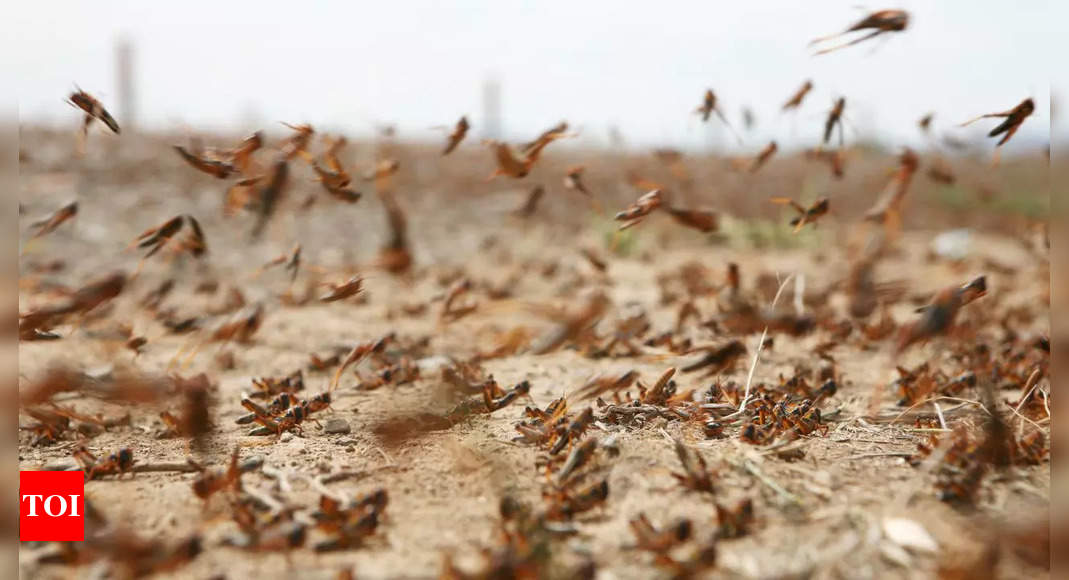Locusts are migratory insects that can form massive swarms and devour crops, causing famine and hunger in many regions of the world. They are considered the most destructive migratory pest by the Food and Agriculture Organization (FAO) of the United Nations. A single square kilometer of locust swarm can contain up to 80 million locusts and consume as much food as 35,000 people in a day.
Locust outbreaks have become more frequent and severe in recent years, especially in Africa and the Middle East. The worst outbreak in 25 years occurred in 2019 and 2020, when billions of desert locusts invaded East Africa and damaged hundreds of thousands of hectares of farmland, affecting millions of people’s livelihoods and food security.
But what causes these outbreaks and how are they related to climate change? A new study published in Science Advances has shed some light on this question. The study analyzed data on locust outbreaks from 1985 to 2020 and found a compelling correlation between the intensity of locust infestations and various meteorological and environmental factors. These factors include air temperature, precipitation patterns, soil moisture levels, and wind dynamics.
The researchers found that extreme weather events, such as heavy rainfall and strong winds, can create favorable conditions for locust breeding and migration. Heavy rainfall increases soil moisture and vegetation growth, providing food and shelter for locusts. Strong winds help locusts travel long distances and spread the infestation to new areas.
The study also highlighted the role of climate change in intensifying these weather patterns and increasing the risk of locust outbreaks. Climate change is predicted to make extreme weather events more frequent and severe, creating more opportunities for locusts to multiply and disperse. Under a high-emission scenario, the study estimated that the probability of locust outbreaks will increase by 50% to 80% by the end of the century.
The implications of these findings are alarming, as locust outbreaks pose a serious threat to food security and livelihoods in many parts of the world. According to the FAO, locust outbreaks can affect the food security of up to 10% of the world’s population. Locusts can also cause environmental damage, such as soil erosion, water pollution, and loss of biodiversity.
The study calls for better regional and continental cooperation among countries and control organizations to prevent and control locust outbreaks. It emphasizes the need for early warning systems and improved forecasting models. Additionally, the study suggests adaptation measures such as crop diversification, irrigation management, and pest-resistant varieties to reduce the vulnerability of farmers to locust attacks.
Locust outbreaks are a complex and dynamic phenomenon that requires a holistic and integrated approach to address. As climate change continues to alter the weather and land conditions that influence locust dynamics, the need for more research and action becomes more urgent and vital.











